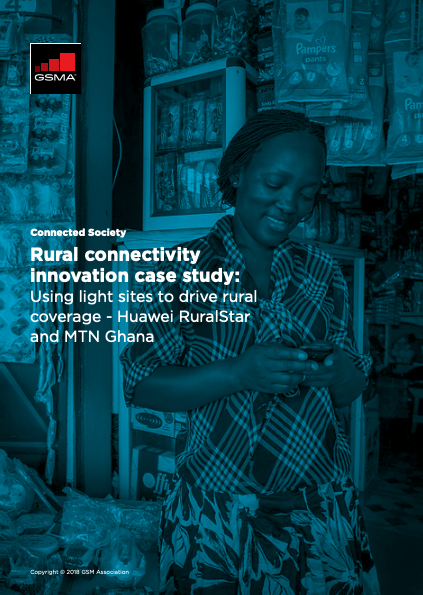Huawei’s RuralStar is a lightweight rural network coverage solution supporting 2G, 3G and 4G connectivity. It has significantly lower CapEx and OpEx compared to a traditional, typical macro-site and can therefore help reduce one of the largest costs that operators face when delivering mobile coverage to rural areas – the cost of deploying and maintaining cell sites. This case study analyses MTN Ghana’s deployment of Huawei’s RuralStar solution, using it as an example to evaluate the potential of lightweight infrastructure to help extend rural coverage in a commercially sustainable manner.
Mobile broadband (3G or 4G) coverage in the developed world is now almost ubiquitous. However, just over 1 billion people live in areas that are not covered by mobile broadband networks, with more than 95% of them living in low- and middle-income countries. This is primarily driven by economics: the uncovered live in areas that are more expensive to supply, which typically have lower levels of demand. This case study is part of a series – ‘Innovations in Rural Coverage’ – which focus on the supply side of the equation, profiling innovations with the potential to bring down the cost of increasing coverage to currently underserved areas.


